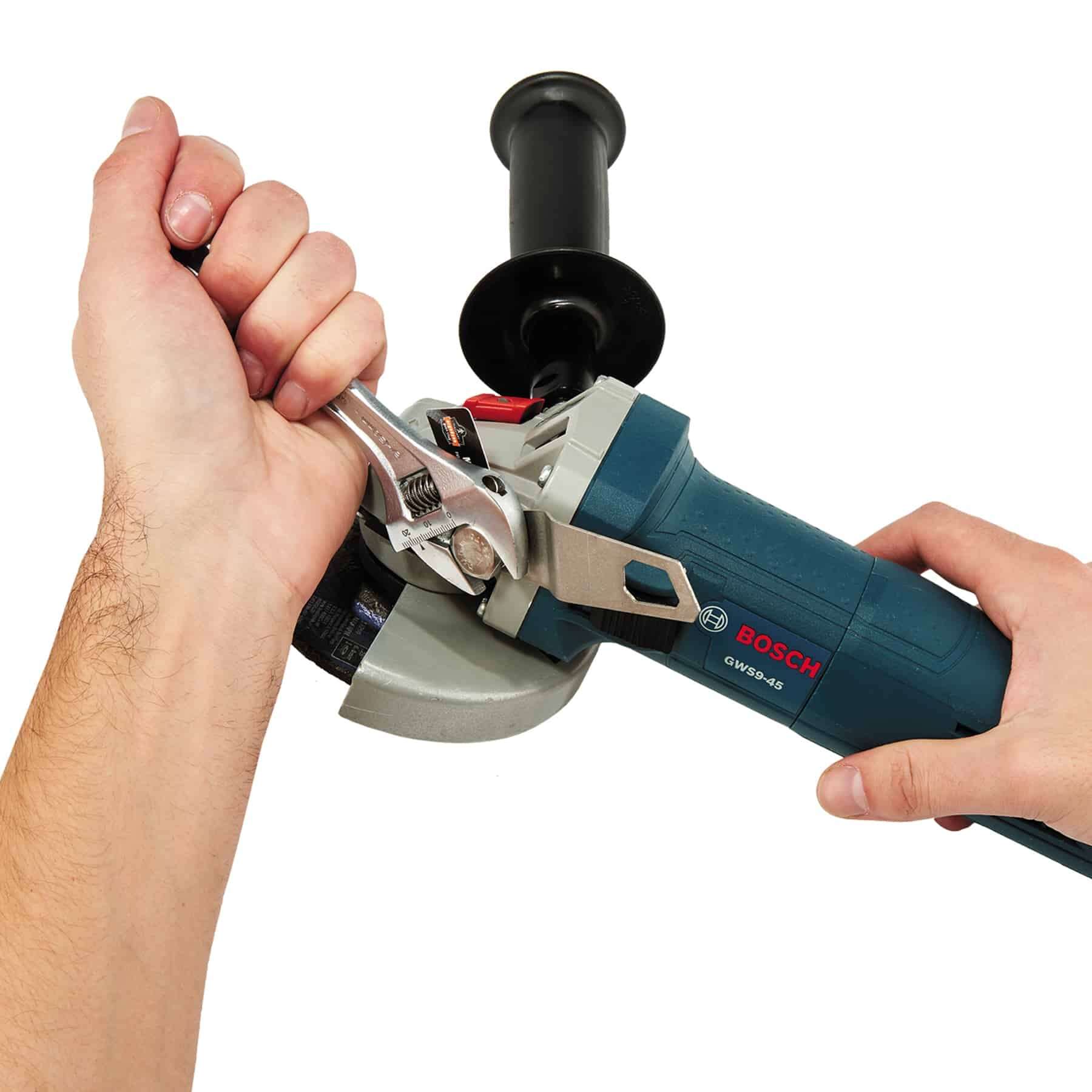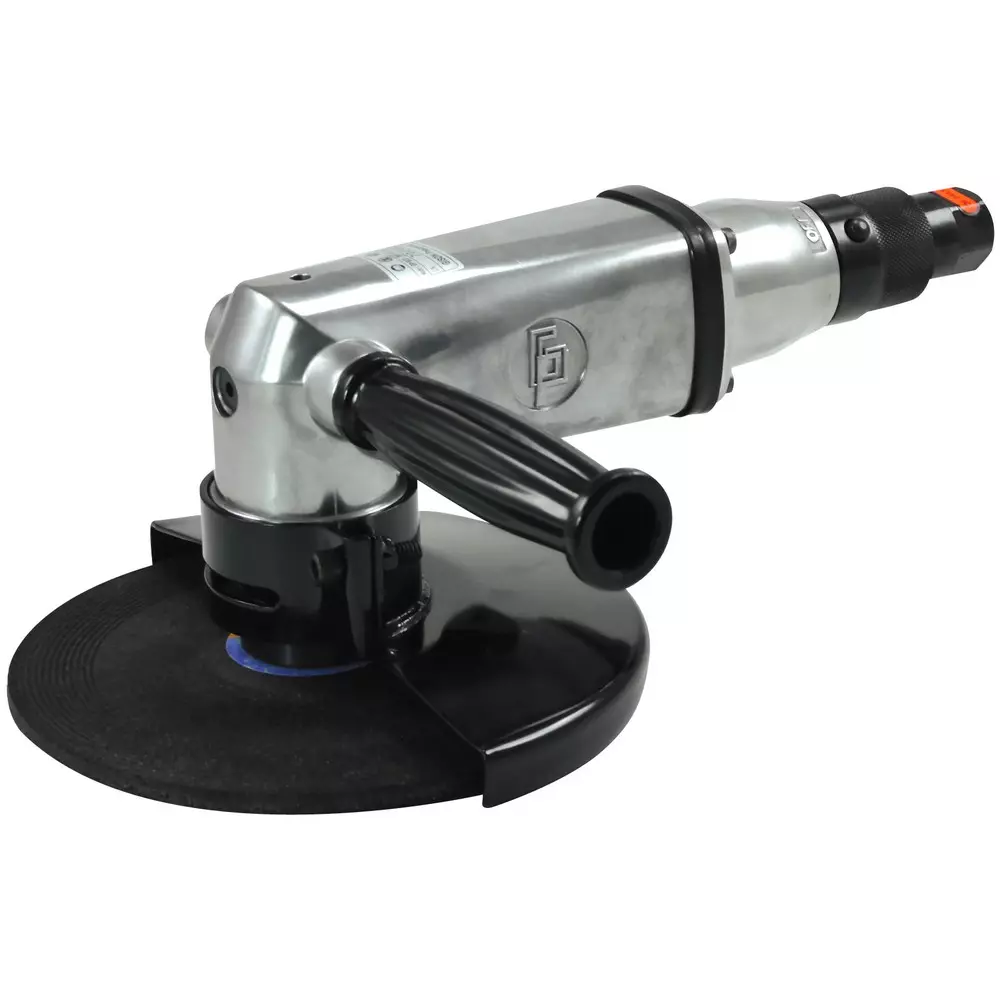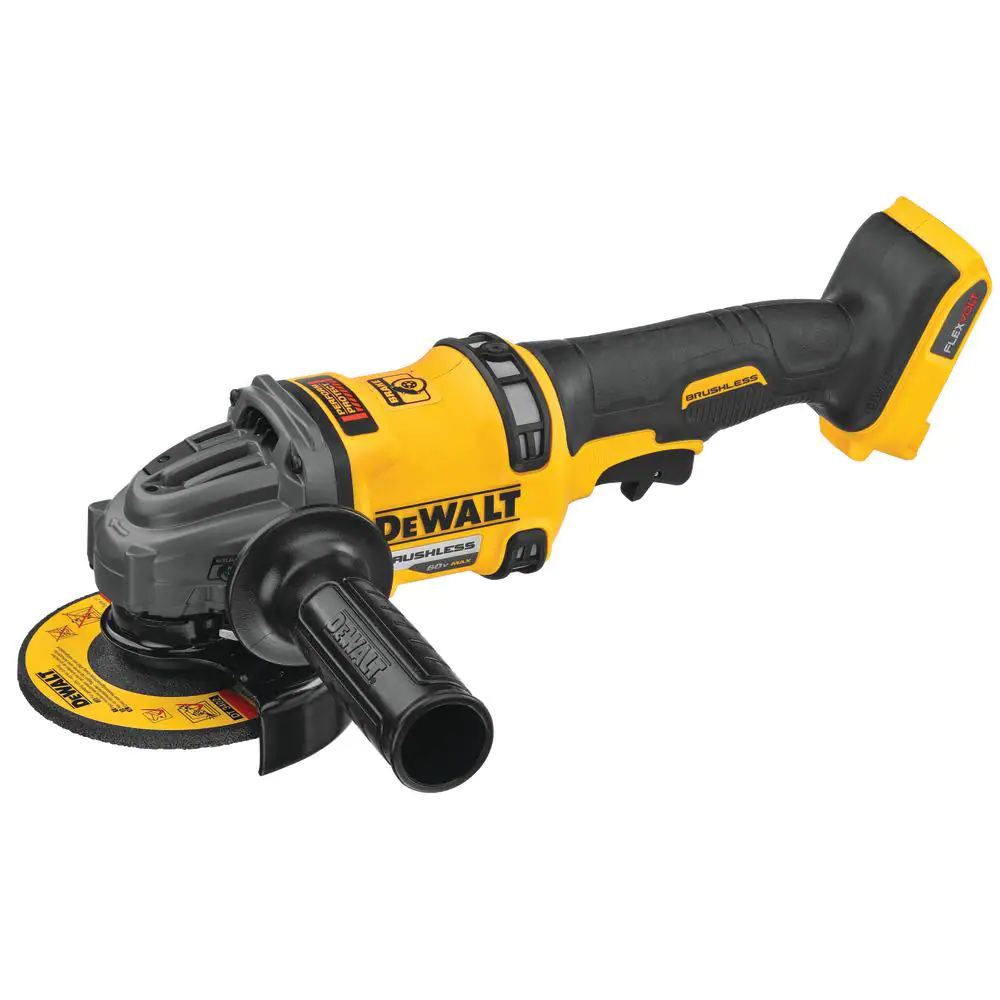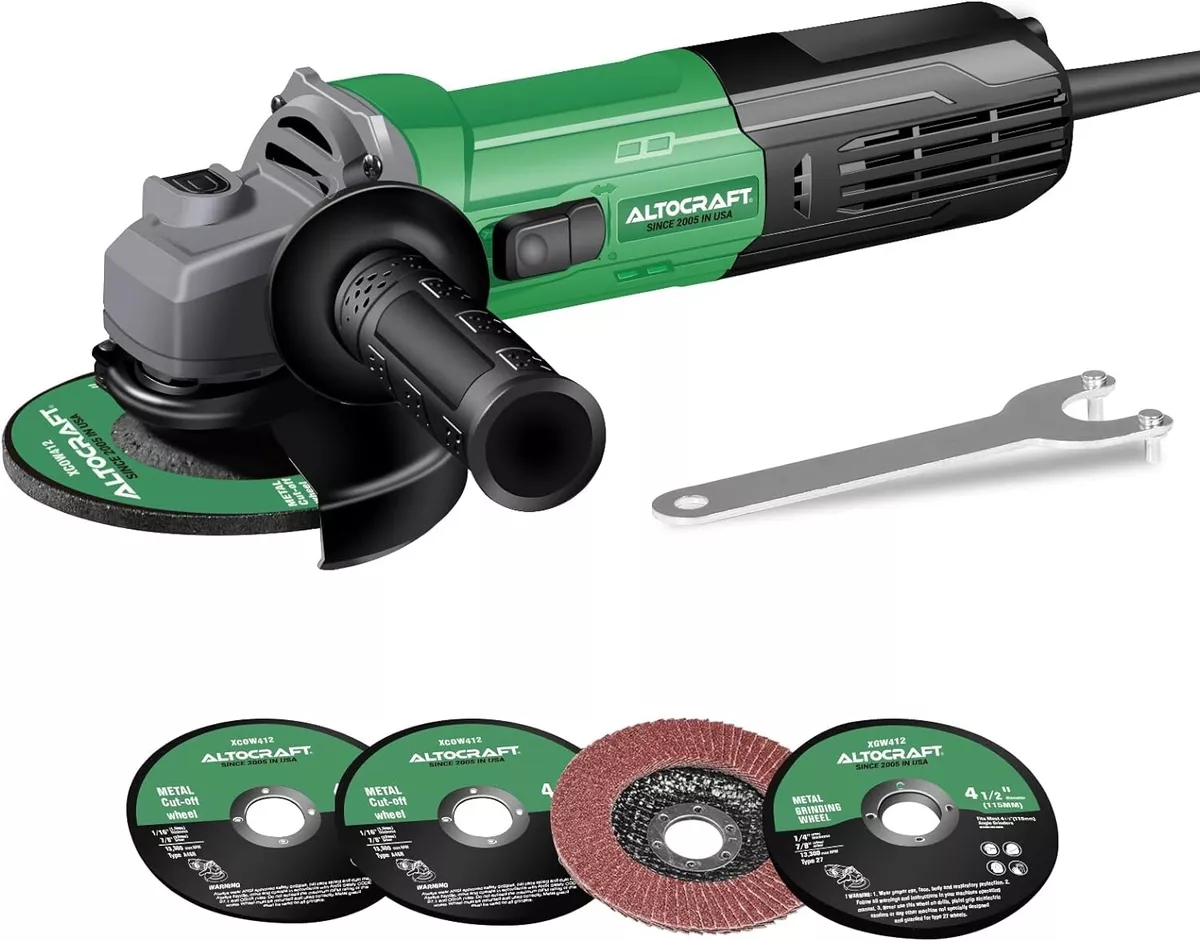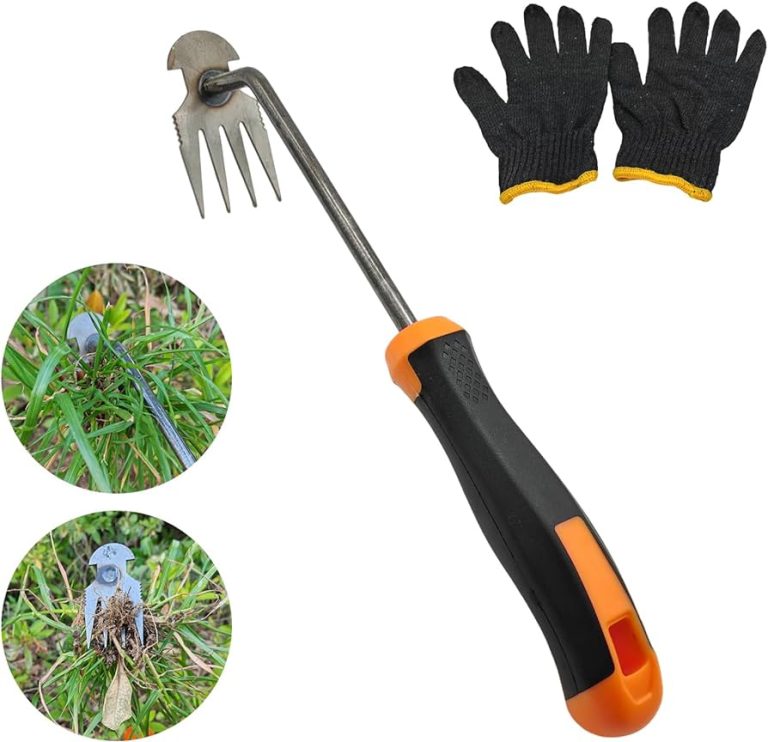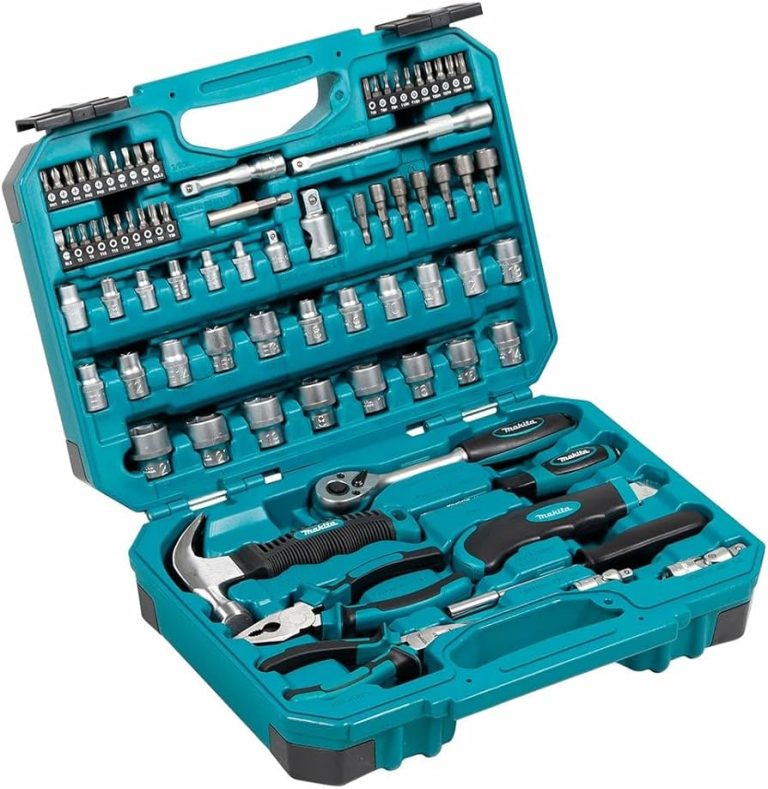
A Guide to Using a Hand Grinder Tool Like a Pro
Introduction
In a world dominated by electric and battery-powered tools, the humble hand grinder stands as a testament to simplicity and versatility. Whether you’re an avid DIYer, a professional tradesperson, or someone who appreciates the satisfaction of hands-on work, a reliable hand grinder is an indispensable tool. Unlock the power of versatility and precision with a hand grinder tool. From sharpening blades to shaping surfaces, discover the endless possibilities this essential tool offers for your DIY and woodworking projects.This blog post explores the world of hand grinders, their various applications, and how to choose the perfect one for your needs.
What is a Hand Grinder?
A hand grinder is a manually operated tool designed to grind, sharpen, or polish a wide range of materials. It typically consists of a handle, a grinding wheel or disc, and a crank or lever mechanism that allows the user to rotate the grinding surface. Hand grinders are renowned for their portability, affordability, and lack of reliance on electricity or batteries.
The Versatility of Hand Grinders
Hand grinders are incredibly versatile tools, capable of tackling a diverse array of tasks across multiple industries and applications. They can be used for:
- Sharpening blades, knives, and cutting tools
- Grinding and smoothing metal surfaces
- Removing rust or corrosion from metal objects
- Shaping and finishing wooden surfaces
- Polishing and buffing various materials
Types of Hand Grinders
The market offers a wide range of hand grinders, each designed to cater to specific needs and materials. Here are some of the most common types:
1. Knife and Tool Sharpeners
These hand grinders are specially designed for sharpening knives, scissors, chisels, and other cutting tools. They often feature precise angles and guides to ensure consistent and accurate sharpening.
2. Bench Grinders
Bench grinders are sturdy, heavy-duty hand grinders typically mounted on a workbench or stand. They are ideal for grinding, sharpening, and polishing larger metal objects or tools.
3. Angle Grinders
Angle grinders are versatile hand grinders that allow for grinding, cutting, and polishing at various angles. They are commonly used in metalworking, masonry, and construction applications.
4. Surface Grinders
Surface grinders are designed for smoothing and finishing flat surfaces, such as metal plates or wooden boards. They feature a flat grinding surface and a precise feed mechanism.
5. Rotary Tools
Rotary tools, like the popular Dremel, are compact hand grinders that offer a wide range of attachments and accessories for intricate grinding, cutting, and polishing tasks.
Factors to Consider When Choosing a Hand Grinder
With so many options available, selecting the right hand grinder can be a daunting task. Here are some key factors to consider:
- Intended Use: Determine the primary materials and tasks you will be working with, as this will help narrow down the suitable type of hand grinder.
- Grinding Surface: Consider the size, shape, and composition of the grinding surface (wheel, disc, or belt) to ensure it meets your needs.
- Power and Speed: Evaluate the required power and speed for your projects, as some hand grinders offer variable speed settings or higher torque.
- Ergonomics: Look for hand grinders with comfortable handles, balanced weight distribution, and easy-to-reach controls to minimize fatigue during extended use.
- Safety Features: Prioritize hand grinders with safety guards, eye shields, or other protective features to ensure a secure working environment.
- Portability: If you need to work in different locations, consider compact and lightweight hand grinders that are easy to transport.
Proper Use and Maintenance of Hand Grinders
To ensure optimal performance and longevity of your hand grinder, follow these guidelines:
- Read and follow the manufacturer’s instructions carefully.
- Wear appropriate personal protective equipment (PPE), such as safety glasses, gloves, and a dust mask.
- Secure the workpiece firmly to prevent it from moving during grinding.
- Apply consistent and controlled pressure while grinding to avoid overheating or damaging the material.
- Regularly clean and lubricate the moving parts of the hand grinder to prevent wear and tear.
- Replace worn or damaged grinding surfaces promptly to maintain efficiency and safety.
The Benefits of Using Hand Grinders
While electric and battery-powered tools offer convenience, hand grinders offer several unique advantages:
- Portability: Hand grinders are lightweight and can be easily transported to various job sites or work areas.
- Precision Control: The manual operation of hand grinders allows for precise control and fine adjustments, making them ideal for delicate tasks.
- Cost-Effective: Hand grinders are generally more affordable than their powered counterparts, making them accessible to a wider range of users.
- Quiet Operation: Without the noise of motors or batteries, hand grinders provide a more peaceful working environment.
- Environmentally Friendly: Hand grinders do not rely on electricity or disposable batteries, reducing their environmental impact.
Incorporating Hand Grinders into Your Projects
Hand grinders can be seamlessly integrated into a wide range of projects and applications, including:
- Woodworking: Sharpen chisels, planes, and other woodworking tools for precise cuts and finishes.
- Metalworking: Grind, shape, and polish metal components for fabrication or restoration projects.
- Automotive Repairs: Sharpen tools, remove rust, and smooth surfaces during vehicle maintenance or restoration.
- Gardening and Landscaping: Sharpen pruning shears, loppers, and other gardening tools for efficient trimming and pruning.
- Crafting and Hobbies: Grind, shape, and polish materials for jewelry making, sculpture, or other creative pursuits.
Conclusion
In a world dominated by power tools, hand grinders stand as a testament to the enduring value of manual craftsmanship. These versatile tools offer precision, portability, and a hands-on experience that cannot be replicated by their powered counterparts.
Whether you’re a professional tradesperson, a passionate DIYer, or someone who appreciates the satisfaction of working with their hands, a reliable hand grinder is an invaluable addition to your toolkit. By understanding the different types of hand grinders, their applications, and proper usage techniques, you can unlock a world of possibilities and achieve exceptional results in your projects.
Embrace the simplicity and versatility of hand grinders, and rediscover the joy of working with tools that have stood the test of time. With a hand grinder in your arsenal, you’ll be equipped to tackle a wide range of tasks with precision, control, and a sense of pride in your craftsmanship.
